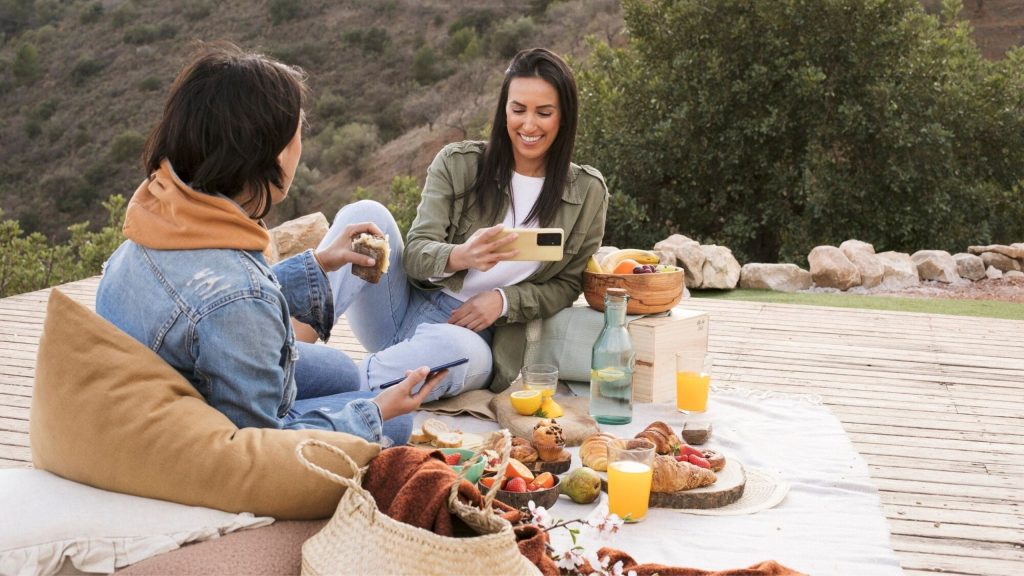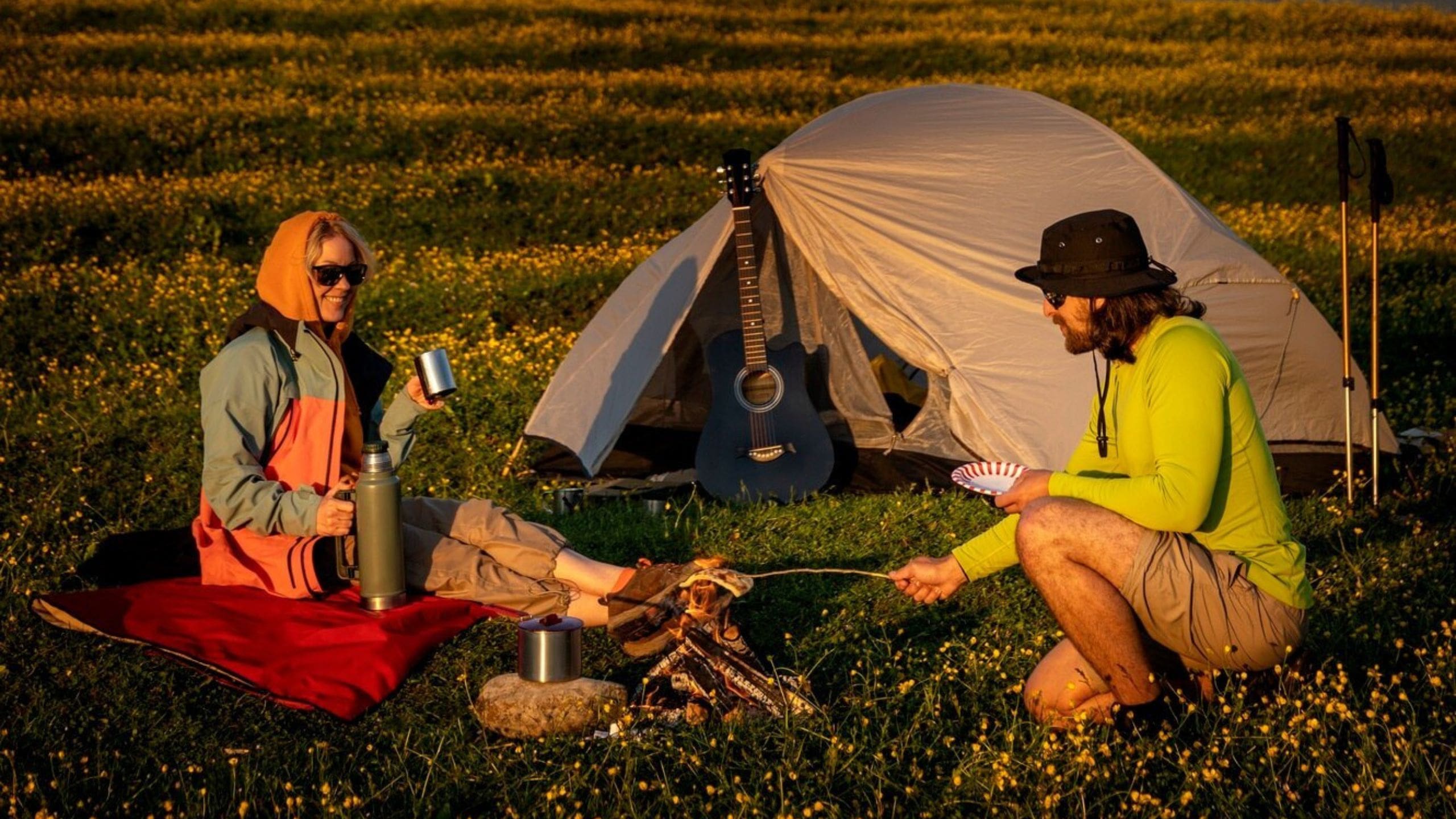As an experienced camper, I’ve learned that one of the most important skills to master is packing light. When you’re carrying everything you need on your back, every ounce counts.
Not only does packing light make your trip more enjoyable by reducing the weight you have to carry, but it also helps you stay organized and efficient in the outdoors.
In this article, I’ll share my top tips and tricks for packing light for a camping trip, so you can focus on the adventure ahead.
Choose the Right Backpack
The first step to packing light is choosing the right backpack for your trip. A good backpack should be comfortable, durable, and sized appropriately for your body and the length of your trip.
Consider the Capacity
When selecting a backpack, consider the capacity you’ll need for your trip. A good rule of thumb is to choose a pack with a capacity of about 30-50 liters for a weekend trip, and 50-70 liters for a week-long trip.
Keep in mind that the larger the pack, the more tempted you’ll be to fill it up, so choose a size that fits your needs without excessive extra space.
Look for Lightweight Materials
To keep your pack weight down, look for backpacks made from lightweight materials like nylon or dyneema. These materials are strong and durable, but much lighter than traditional canvas or leather packs. Also, consider the weight of the pack itself – a lighter pack means less weight on your back overall.
Choose a Comfortable Fit
A comfortable backpack is essential for a successful camping trip. Look for a pack with adjustable shoulder straps, a padded hip belt, and a sturdy frame that transfers the weight to your hips. Make sure to try on several packs and load them with weight before making a purchase, to ensure a good fit.
Pack the Essentials
Once you have your backpack, it’s time to start packing. To keep your load light, focus on packing only the essentials for your trip.
Shelter and Sleep System
Your shelter and sleep system are arguably the most important items in your pack. Look for a lightweight tent or tarp that provides adequate protection from the elements, and a sleeping bag and pad that are rated for the temperatures you’ll encounter. To save weight, consider using a quilt instead of a sleeping bag, and a foam pad instead of an inflatable one.
Clothing and Footwear
When packing clothing for a camping trip, think in terms of layers. Bring a base layer for warmth, a mid-layer for insulation, and a shell layer for wind and rain protection. Look for lightweight, quick-drying materials like merino wool or synthetic fabrics, and avoid cotton, which takes a long time to dry.
For footwear, choose a sturdy, comfortable pair of hiking boots or trail runners, and bring a pair of camp shoes for around the campsite.
Cooking and Water
To keep your cooking setup lightweight, consider bringing a small stove and a single pot or pan. Look for a stove that runs on a compact fuel source like isobutane or alcohol, and a pot that is sized appropriately for your group. For water, bring a lightweight water filter or purification system, and a durable water bottle or hydration bladder.
Use Multi-Purpose Gear
One of the best ways to save weight and space in your pack is by using gear that serves multiple purposes.
Trekking Poles
Trekking poles are a great example of multi-purpose gear. Not only do they provide stability and support on the trail, but they can also be used to set up a shelter, as a splint for an injury, or as a makeshift tripod for a camera.
Buff or Bandana
A buff or bandana is another versatile piece of gear that can serve many purposes on a camping trip. Use it as a headband, a sun shield, a pot holder, a towel, or even a makeshift water filter in a pinch.
Carabiners and Paracord
Carabiners and paracord are lightweight and compact, but incredibly useful for a variety of tasks. Use them to hang a bear bag, secure your tent, or even fashion a makeshift clothesline to dry wet gear.
Plan Your Meals Carefully

Food can be one of the heaviest items in your pack, so it’s important to plan your meals carefully to save weight and space.
Choose Lightweight, Calorie-Dense Foods
When selecting foods for your trip, look for lightweight, calorie-dense options that provide a lot of energy in a small package. Good choices include nuts, dried fruits, energy bars, and dehydrated meals. Avoid heavy, bulky items like canned goods or fresh fruits and vegetables, which can add a lot of weight to your pack.
Repackage Foods
To save space and weight, consider repackaging your foods into smaller, more compact containers. Remove excess packaging, and transfer items like pasta, rice, and spices into resealable bags or small containers. This not only saves weight, but also makes it easier to organize and access your food on the trail.
Plan for Resupply
If you’re going on a longer trip, consider planning for resupply points along the way. This allows you to carry less food at a time, and restock your supplies as needed. Look for towns or ranger stations where you can buy or mail yourself additional food, and plan your meals accordingly.
Leave Behind Non-Essentials
Finally, to truly pack light for a camping trip, it’s important to be ruthless about leaving behind non-essential items.
Minimize Toiletries
While it’s important to stay clean and hygienic on the trail, you don’t need to bring your entire bathroom cabinet with you. Stick to the basics like toothpaste, a toothbrush, and biodegradable soap, and leave behind heavy items like shampoo or lotion.
Avoid Duplicate Items
When packing with a group, avoid bringing duplicate items that can be shared among the group. For example, you likely only need one stove, one water filter, and one first aid kit for the entire group. Coordinate with your fellow campers ahead of time to avoid unnecessary weight.
Be Realistic About Luxury Items
While it’s tempting to bring along luxury items like a camp chair or a book, be realistic about whether you truly need them on the trail. Every ounce counts, so prioritize the essentials and leave behind any items that aren’t absolutely necessary for your safety and comfort.
FAQs
What size backpack should I choose for a weekend camping trip?
For a weekend camping trip, a backpack with a capacity of 30-50 liters is usually sufficient. This size allows you to carry all the essentials without overpacking or adding unnecessary weight.
How do I choose a lightweight tent?
When choosing a lightweight tent, look for models made from lightweight materials like nylon or dyneema. Consider the size and capacity of the tent, as well as the seasonality and weather conditions you’ll be camping in. Some popular lightweight tent options include the Big Agnes Copper Spur, the MSR Hubba Hubba, and the Nemo Hornet.
What are some good lightweight food options for camping?
Some good lightweight food options for camping include dehydrated meals, energy bars, nuts, dried fruits, and instant oatmeal. Look for foods that are high in calories and nutrients, but low in weight and bulk. Avoid heavy, perishable items like canned goods or fresh meats.
How can I save weight on my cooking setup?
To save weight on your cooking setup, consider using a small, lightweight stove like the MSR PocketRocket or the Jetboil Flash. Choose a single pot or pan that is sized appropriately for your group, and avoid heavy, bulky items like cast iron or ceramic cookware. You can also save weight by repackaging food into smaller, more compact containers.
What are some essential items to include in a lightweight first aid kit?
A lightweight first aid kit should include basic items like bandages, gauze, antiseptic wipes, pain relievers, and any personal medications you require. Other useful items might include tweezers, scissors, a small roll of duct tape, and a multi-tool. Remember to tailor your first aid kit to your specific needs and the length and difficulty of your trip.
Conclusion
Packing light for a camping trip is a skill that takes practice and planning, but the benefits are well worth the effort. By choosing the right backpack, packing only the essentials, using multi-purpose gear, planning your meals carefully, and leaving behind non-essential items, you can significantly reduce the weight and bulk of your pack.
Remember, the goal of packing light is not to deprive yourself of comfort or safety, but rather to streamline your setup and focus on the essentials. By carrying less weight, you’ll be able to move more easily and efficiently on the trail, and enjoy the freedom and simplicity of camping in the great outdoors.
So the next time you plan a camping trip, challenge yourself to pack light and see how it enhances your experience. You might be surprised at how little you really need to have a safe, comfortable, and enjoyable adventure in the wilderness.

Hi there! I’m John W. Perkins writer and Founder howmp.com. As a passionate outdoorsman and travel enthusiast, I’ve made it my mission to share my experiences and knowledge with fellow adventurers like you.

